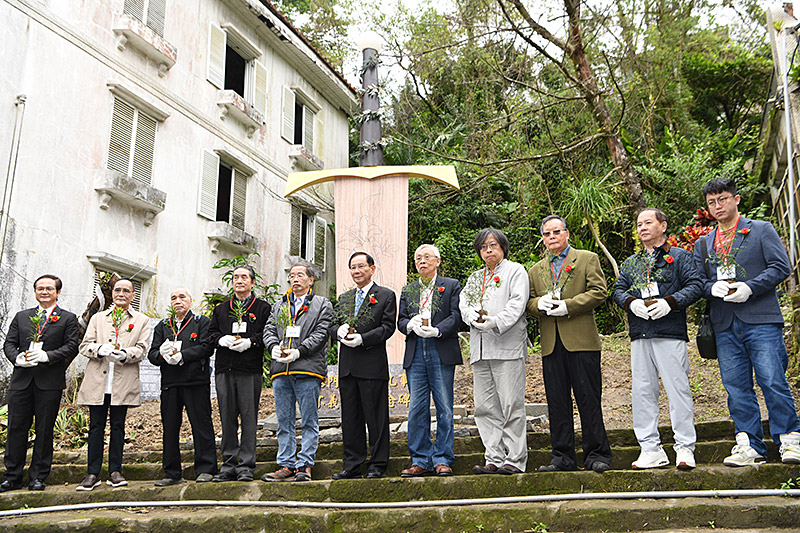WHO coordinating the health response to Nepal earthquake; working to prevent spread of disease
Amid ongoing search and rescue operations being carried out in Nepal after Saturday’s devastating earthquake, WHO has taken leadership in coordinating medical relief for affected communities.
According to Dr Roderico Ofrin, WHO’s Emergency Health Response Manager, the Organization is working closely with Nepal’s government to ensure that medical aid is delivered effectively.
“In close coordination with the Ministry of Health, WHO is leading the health response with our partners,” he said. “We are prepared. We are working from a contingency plan for a scenario that we’ve worked through in recent years with our partners and the Ministry of Health.”
At present, 11 districts in Nepal have been deemed “severely affected” by the quake measuring 7.8 on the Richter scale, while many more districts have sustained significant loss of life and property, and face the challenges that these bring. The current death toll from the quake stands at just over 5000 and an estimated 8 million people have been affected in some way.
Together with ensuring that medical resources are being distributed according to needs assessments carried out, WHO is coordinating foreign medical teams that have arrived, as well as those that are on standby and may be needed in the near future.
WHO’s Dr Ian Norton, who is overseeing the management of the incoming medical teams, urged all teams wanting to provide relief to register their intent with WHO, and expressed appreciation for the teams that are currently registered, many of whom are on standby in their countries.
Speaking of the challenges presented by organizations operating outside of the WHO system, Dr Norton cautioned that they could become a burden on other self-sufficient teams or local authorities, thereby diminishing the effectiveness of health services delivery.
“There are small teams that have been launched after watching the news and that are trying to respond with the best of intentions, but unfortunately they do not have the sustainability to be able to deploy into the remote areas where we need them the most,” he said.
According to Dr Norton, there are positive examples.
“An example of best practice is a team that arrived the night before last, with 120 people and with full self-sufficiency. They will be able to deliver care with no external support and will be no burden on the community. We are expecting at least 10 teams of this type to arrive,” he said.
Apart from managing resources, WHO is also taking steps to prevent the spread of communicable diseases that can occur as a result of overcrowded living conditions, lack of shelter, contaminated water and poor sanitation.
At a WHO-convened meeting of health-related organizations at UN House in Kathmandu this morning, Hyo-Jeong Kim, WHO Operations Officer, said that WHO is mobilizing to prevent the spread of disease and would continue scaling up its public health response over the next few days.
“We are establishing an early warning response and alert system and strengthening the disease surveillance system in affected areas to identify any diseases that could spread through the population,” she said.
Kim also stressed that although many dead bodies are yet to be disposed of, they pose little risk to public health.
WHO is continuing to work with the Ministry of Health in 11 severely-affected rural and isolated districts to assess damage to health facilities and health needs.
Source: World Health Organization
- 266 reads
Human Rights
Ringing FOWPAL’s Peace Bell for the World:Nobel Peace Prize Laureates’ Visions and Actions

Protecting the World’s Cultural Diversity for a Sustainable Future

The Peace Bell Resonates at the 27th Eurasian Economic Summit

Declaration of World Day of the Power of Hope Endorsed by People in 158 Nations

Puppet Show I International Friendship Day 2020

